Is The Stork Test For The SIJ Useful Or Relevant?
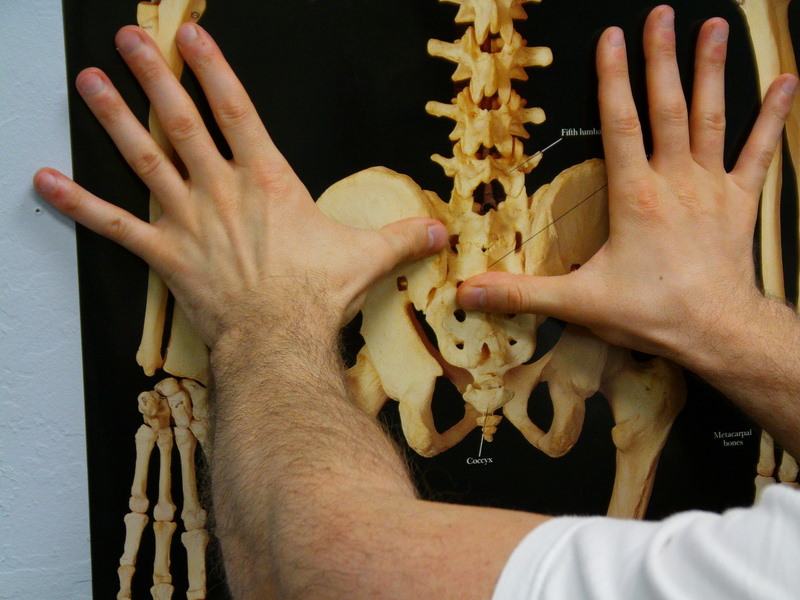 Please note...in this article, I will give away yet another clinical "secret" that has contributed to my successful treatment of SIJ conditions...this post is mainly for therapists today but patients can get a lot out of it as well.
Please note...in this article, I will give away yet another clinical "secret" that has contributed to my successful treatment of SIJ conditions...this post is mainly for therapists today but patients can get a lot out of it as well.
Ah, the stork test. It goes by a few names - the Gillet test and one leg standing test are some of them. This test has been used by therapists for many years and I have been personally using it for 15 years. in this blogpost, I will explain what the Stork test is, how I use it and still stay true to the intent of the original test and the interpretation from neuroscience.
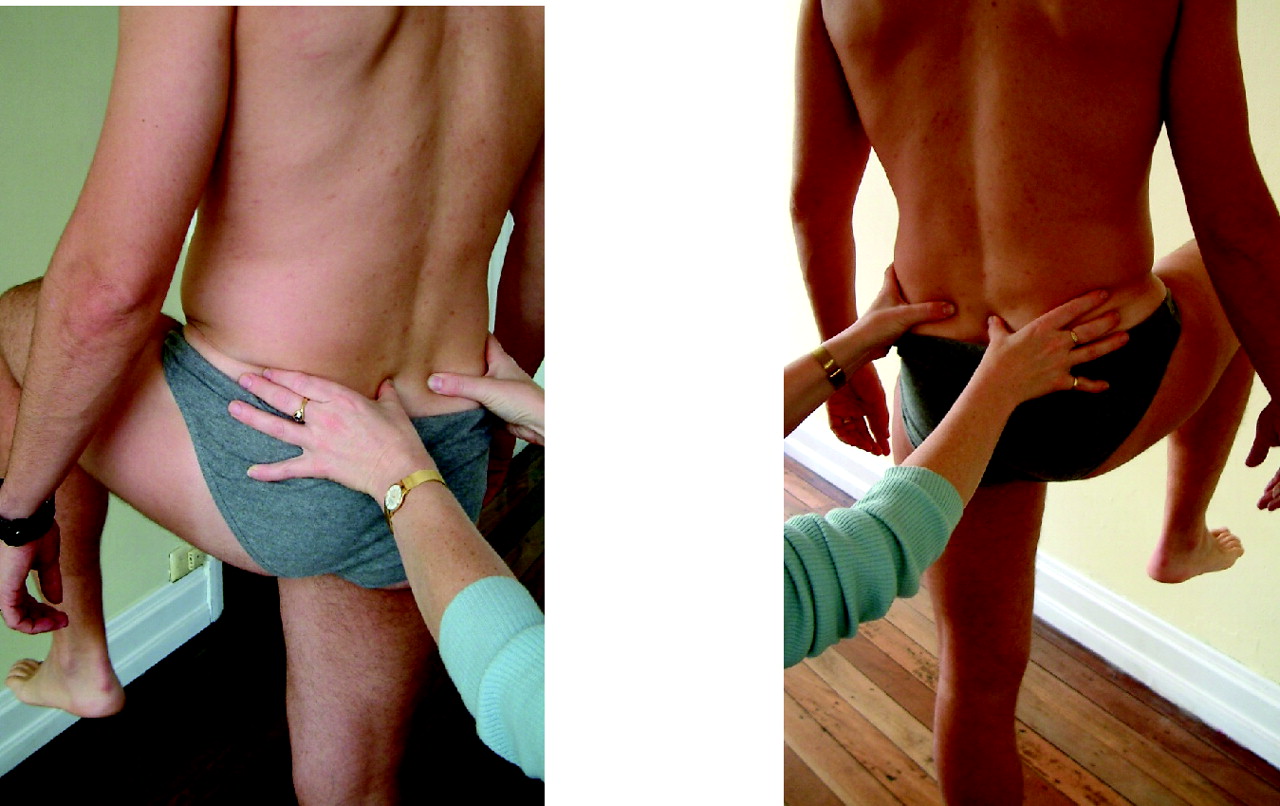 What is the Stork Test?
What is the Stork Test?
The Stork Test is simply asking a patient to stand on one leg and then on the other. The start position is classically to stand on both legs at rest and the therapist feels the PSIS on one side and the S2 spinous process on the other. Some say to hold the PSIS on each side. Some say to palate the L5 spinous process and S2 spinous process. All of these are ok to do. But let's do the left PSIS / S2 to examine the left SIJ.
The stork test has 2 phases. Firstly, the stance phase. You ask the patient to lift (hip flex to 90deg) the right leg. The second is the hip flexion or swing phase - lift the left leg. You take note of what the Left PSIS and S2 are doing during these tests. That was for the Left SIJ. You would use the same tests with right PSIS and S2 to assess the Right SIJ
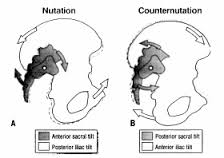 What should happen in the Stork Test?
What should happen in the Stork Test?
Classically, we are told that the PSIS (as part of the innominate) should posteriorly rotate and the sacrum should nutate- this indicates the closed-pack position of the SIJ. If you get anterior rotation of the Innominate and/or counter-nutation of the sacrum, you have a failed load transfer and the loose pack position of the SIJ which is inefficient for effective load transfer.
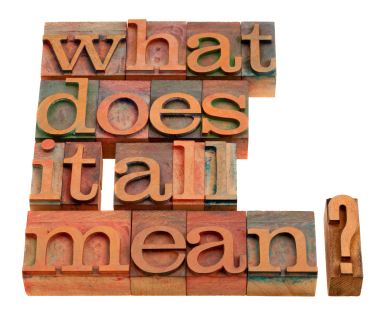 What does the Stork Test tell you?
What does the Stork Test tell you?
Over the years, I have followed this rule and similar ones for the stork test but I have reinterpreted them around 2008...that was when I started a Pilates section in my clinic. I realised that I was seeing a PATTERN, not necessarily just movement.
What's the difference you ask? In the stork test, you can do it with eyes open, eyes closed, hand on the ASIS and S2 or PSIS and S2 or other similar combinations. I would find inconsistent results depending on which way I measured it.
At first I thought I was just not that good at assessing...but I was getting people better and their pattern on the Stork test improved regardless. So that can't be it.
I eventually came to the conclusion that I was feeling muscular contraction, movement and ligaments along with skin and fat, bone and muscles. No one can argue with that. I decided that the result was it looked and felt like the bones moved in a "good" way and in a "bad" way. The STORY why I felt the good and bad ways is just a story to explain what people were observing.
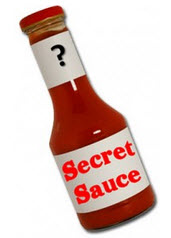 Some of the "secret sauce ingredients"...
Some of the "secret sauce ingredients"...
Here is the nugget of gold, the moment of inspiration, the apple-falling-out-of-the-tree moment for me...I can take the results of what I observe and I do NOT have to believe the story that I or anyone else has to explain the result!
When I tested people with Ankylosing Spondylitis, you KNOW if their SIJ is fused or not because of the X-Rays which show all the bone laid down. YET, I saw and felt good and bad "movement" in the joint.
How is this possible?
This past week, I examined 2 women with essentially fused or screwed SIJs bilaterally. They had good and bad "movement" at the joint!!!
What we see in the stork test is actually the sum of all the forces produced by bones, ligaments, fascia, muscles, skin and fat. The efficient / effective load transfer conclusion of the SIJ, in my honest opinion, IS when the PSIS and S2 seem to "move" into the innominate posterior rotation / sacral nutation. When I see this PATTERN, it is associated with good function of the SIJ on that side (as demonstrated by testing), usually reduced pain and the whole body just coordinating better.
When I see the "bad" pattern, there is usually some sort of coordination problem. In the 2 fused SIJs I examined on the weekend, I saw good and bad patterns, not joint motion.
NOW the stork test can yet again be useful to those who wish to marry the mechanical with the neurophysiological. To me, the stork test helps me find the fastest and most efficient way of "hacking into" the neural system to make changes.
 Conclusion
Conclusion
The stork test does not tell you about SIJ motion alone. It tells you about the whole coordination of the region and the whole body. The process to find the domino that falls first still has to be done and finding that is the quickest way I have found to retrain the brain.
Cheers
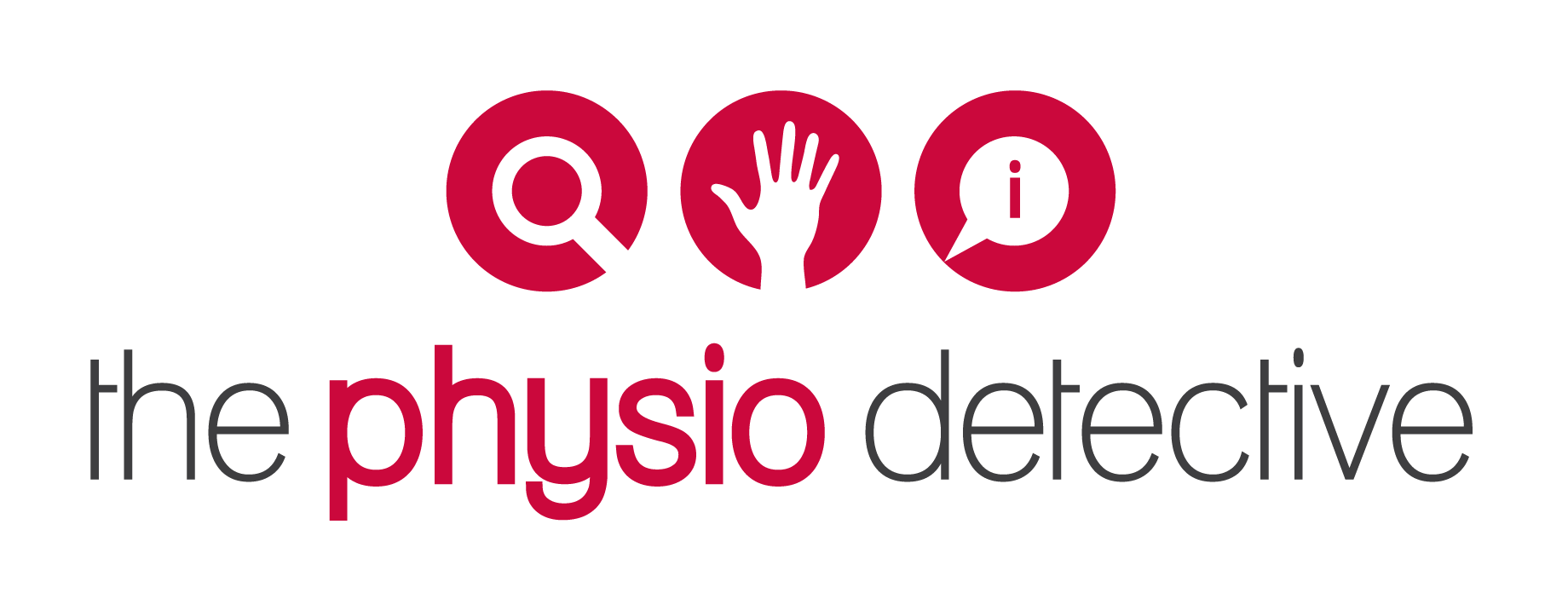
Is this your way of saying that it really shows a muscle imbalance? Can you do a part 2 discussing strategies you’ve used when you find an inefficient or lack of muscle coordination situation? My pelvic floor PT uses this test repeatedly during a one hour session. Maybe even twenty times, testing and retesting. Ty
Hmmm, I’m not a fan of the term “muscle imbalance” because it carries so many different connotations.
What it shows, in my opinion, is a combination of of all the things that are going on in the body that can cause tension – that means what is going on in the mind and life of the person (psychosocial factors), the joints, muscules, nerves, soft tissues, ligaments, internal organs, etc etc.
Ultimately, to me, it shows whether the brain is coordinating things well or not…the reason why it may not be coordinating well might be for a number of different reasons.
Stork test works!